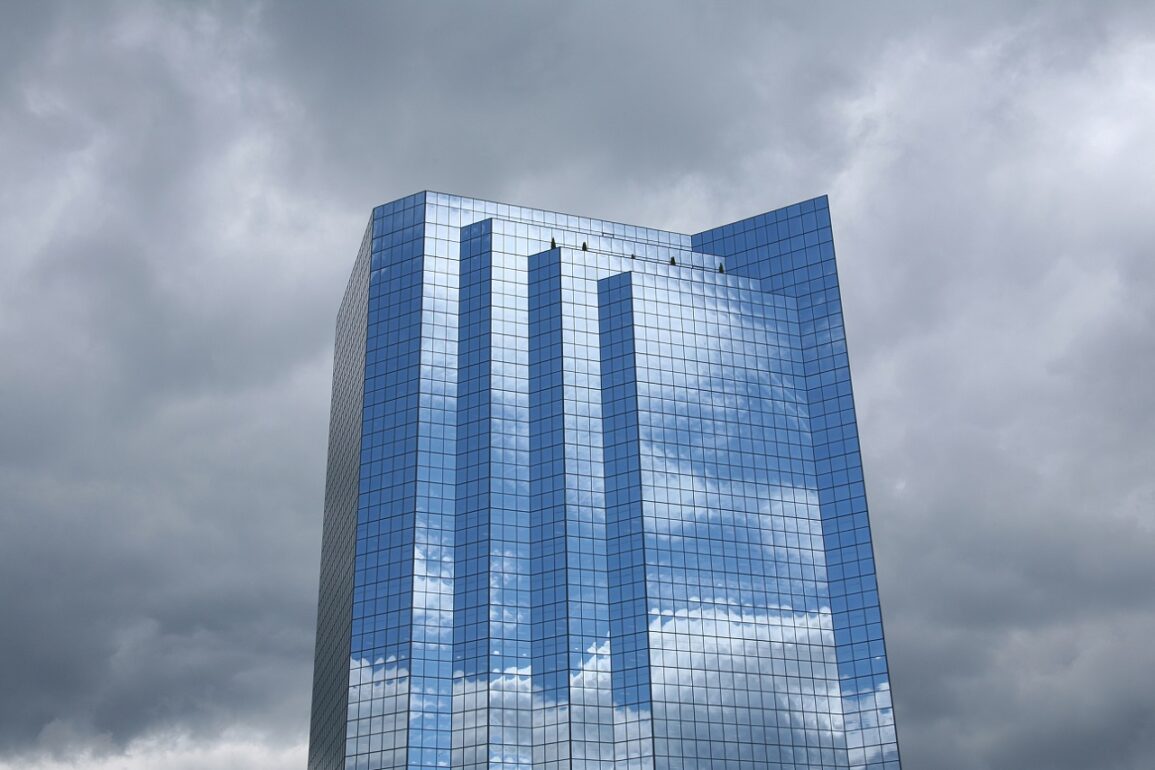Who doesn’t love working in their pajamas? While remote work has proven enormously popular with employees, their employers and those invested in commercial real estate spaces are less enamored with it. Three years after the start of the pandemic, Seattle is still struggling to find a balance between hybrid and remote work models, and the vacant office buildings haunting Downtown reflect this.
According to a recent report on office leases in the city, vacancy rates rose to 12.2% in the second quarter of 2023. That’s an increase from 11.2% in the first quarter and the pre-pandemic low point in 2019 of 5.8%. There are several reasons for this rising vacancy rate, including layoffs, hiring freezes and office closures—along with some anecdotal employee obstinance about returning to in-person work.
These factors and others are having a ripple effect on some of our region’s largest employers and commercial lease holders. Microsoft announced it would not renew its lease at a space in downtown Bellevue that encompasses 561,494 square feet. Another local employer, Salesforce, put its Tableau headquarters up for sublease in May. Likewise, Redfin also put some of its Seattle headquarters up for sublease in April.
Last year, Amazon paused construction on five planned office towers in Bellevue due to the uncertainties created by hybrid work models. However, it now seems to be reversing course by recently requiring employees to return to the office at least three days a week. The response to this seems to be mixed, with some employees embracing the return to office and others struggling to meet the mandated in-person minimum schedule.
According to the Downtown Seattle Association, as of May 2023, 48% of workers in Seattle’s central core have returned to the office compared to 2019 numbers. Additionally, in 2022 the Federal Bureau of Labor Statistics, reported that nearly 73% of businesses indicated their workers never or rarely worked remotely — closing in on pre-pandemic levels.
Of course, the ability to work remotely in the first place varies wildly depending on which industry an employee finds themselves in. Those in service and retail industries have been back at work and occupying their spaces for years now.
Despite the topsy-turvy office leasing environment, there are several positive key indicators for the city of Seattle: recent growth in the number of downtown workers, city residents, visitors and hotel occupancy, and an overall decrease in crime.
Additionally, the cruise industry has bounced back. Seattle expects up to 1.4 million people to sail from the city in 2013, which is up 12% from this past year and even exceeds 2019 levels. Perhaps the next trend in office work is waiting on board.
This article sourced information from The Seattle Times and GeekWire.




